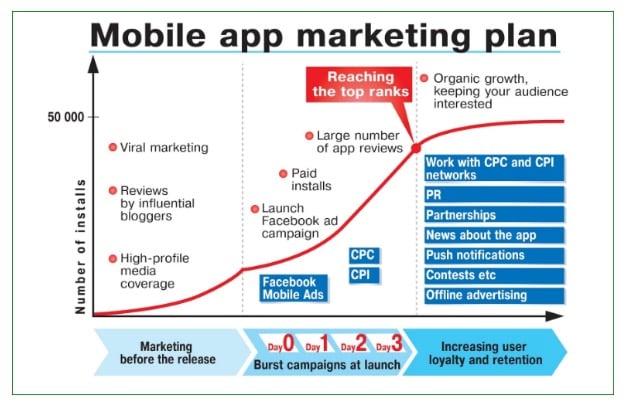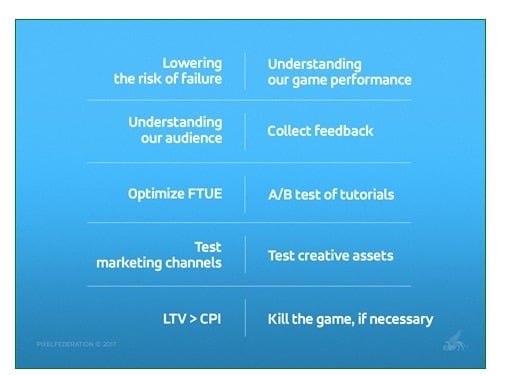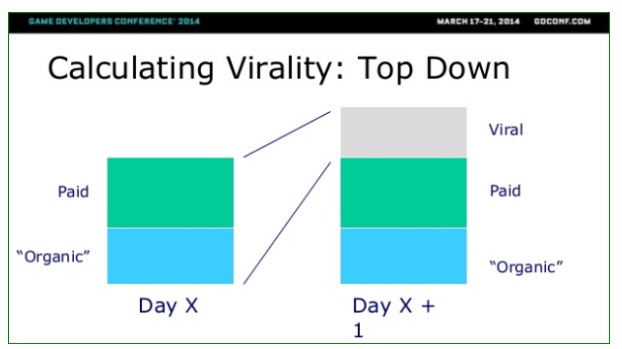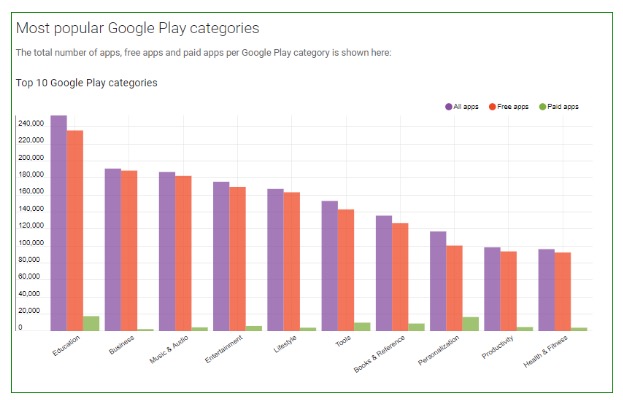You’ve just finished developing your app and you’re looking to get thousands of downloads. You want users to find your app and tell you how great it is. The problem is: there are all kinds of mistakes that novices (and even more advanced creators) make when launching a new app.
I have interviewed dozens of app creators, who each have millions of downloads, all of who have learned their fair share of mistakes along the way.
Here are the major mistakes you should avoid to save time and money when launching a new app:
You wait too long to market
While you might expect thousands of downloads as soon as you go live in the App store, there are just too many apps competing for users’ attention. To be more precise, you’ll be contending with 2.47 million in Google Play and 1.8 million in Apple’s App Store.
And you can expect competition to get even tighter each month as new apps are launched. For example, in January 2019 alone, 1,696 games were submitted to the App Store.
Unless you have a killer marketing plan in place, your potential users will hardly discover your app. And your marketing preparations and strategies must start way before your actual launch.

Related: How 5G Will Transform Entrepreneurship (and Give Remote Work a Serious Upgrade)
You’re looking for “growth” hacks
There are simply no hacks or smart tactics to get and stay on top long-term. However, there are certain things you can do to get a sustainable competitive advantage over your competitors to increase sales.
First off, make sure to become world-class at understanding your customers. Do market research, interview your target users, understand as much as possible when it comes to what they search for in an app and what drives them to download one application instead of another. See which of these features and solutions you can incorporate into your app.
You also need to beef up your marketing, from the pre-launch phase until after you release your app.
Even when you reach the top of the charts, you need to continue creating buzz, by providing continuous updates. Doing this on a gaming app, for example, may entice your users to keep using your app. Otherwise, they may lose interest in the long run and, once their phones run out of space, your app will be the first to go.
Take note that your app’s download figures aren’t the sole basis of your success. Even if you’re getting tons of downloads, if your app abandonment figure is also high, you’ve got a problem on your hands.
Another way to grow your app and user retention is by utilizing in-app messaging. These visual notifications are triggered by how users are using your app, helping direct them on what they should do next. This strategy can encourage your users to explore your app further, discover its unique features and even use it more often.
This can then improve your user retention and revenue.
You don’t soft launch
Imagine you organized a party and wanted to get as many people to attend in just seven days. You’re not going to have much luck getting people to join your party, because you haven’t given much advance notice.
Start by targeting a small market first. An interesting approach that many creators take is launching first in countries like New Zealand or Canada, which are less competitive than the U.S., but still have a high purchasing power and similar buyer behavior. This way, they can test the app’s lifetime value (LTV), retention and revenue potential. At the same time, they do soft launches in countries with low cost per install (CPI) to do technical tests.
Doing so will give you data upfront on any issues, bugs, crashes and mistakes you’re making with your app. You can’t afford to have these when launching on your main market, and you’ll have the opportunity to fix them prior to launch.
Also, by following this advice, you’re avoiding being rejected by Apple, as most of the time it declines applications because of too many customer complaints.
While this approach may take more time, it’s well worth it when you get the user testing and feedback you need.

You don’t collect data from day one
When you’re launching your app, you want to collect as much user data as possible. This allows you to understand, for instance, who to target in your marketing campaigns.
Again, targeting someone specific will dramatically reduce your cost of acquisition because you will not target the whole country, but a certain demographic with certain interests.
Get clear about your most important metrics or data starting with the soft launch. For example, during the soft launch of Jelly Splash, Wooga focused on retention and virality (or the number of additional users they get for each new user).

To make sure you get detailed information, you need to put detailed app tracking in place before you launch. In particular, make sure you’re tracking the links of your marketing campaigns with a tool that has a deep linking feature.
You buy ads from day one
You can start advertising online using Facebook Ads, Google Adwords, even Snapchat Ads. But if you don’t have a funnel and analytics in place, you will be burning money.
Study your funnel first and test; you don’t want to throw all your budget away in the first few months. Only scale once you know that the funnel is working and converting to users. Otherwise, see where people are dropping out of your funnel and make the necessary tweaks.
Your landing page is not optimized for all devices
It sounds funny, but it happens often. We all create our landing pages from our desktop. But if you’re looking to get downloads, you want your users to understand and use your landing page on mobile and tablets, as well.
In the same way that you follow mobile-first design in building your app, you need to make sure your marketing materials (including your landing pages) are also responsive. For example, if you’re using your landing page for pre-registration before launch, make sure users across all devices can easily input their email addresses and read your landing page content.
You don’t know your target market
Who is more likely to use and enjoy your app? If your response is “everyone,” you really need to dive deeper into the concept of having an Ideal Customer Profile (ICP).
You need to understand your demographics, the fears and major motivators of your audience so that you can nail down your messaging and get more downloads efficiently. And you need to do all of this before you launch your app.
When you have a better idea of your ideal customer, you can develop platform-appropriate apps. So, for example, if your target demographics are mostly Android users, you can then develop an app specific for them.
Knowing your ideal customers also helps you target specific keywords, which you can use to optimize your app’s marketing copy (which includes your app name and description), content and marketing materials. Getting your keywords right will also help users find you in the App Store.
Sign Up: Receive the StartupNation newsletter!
You’re going into a competitive market without a unique product
This is a chicken and egg scenario. You can only understand how to make your app unique after you’ve done proper market research.
So, get away from your desk and interview your target audience, and understand their behaviors when using the beta version of your app. Start small, and pivot fast.
Make sure you also understand your competition, especially if it’s a popular app. What is it about the app that makes it a hit among users? Which of its features can you improve upon? What value can you add? Is there a market they are not currently serving that you can cater to?
Make sure you have something solid to offer, and a robust marketing plan in place, if you wish to stand out in crowded mobile app categories.

Conclusion
By following the advice in this article, you’re going to save yourself hours of trial and error. You’ll also be able to maximize your marketing budget. Understanding your customer is the key competitive advantage you can have in the ever-changing landscape of app development.






